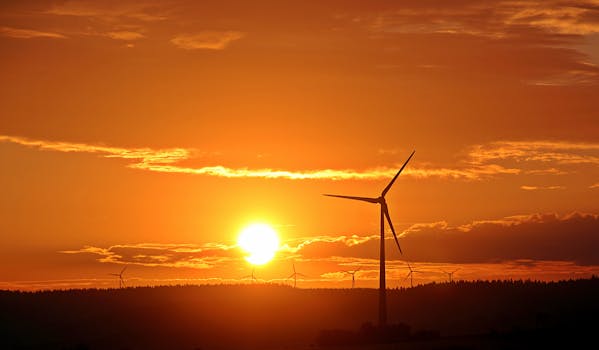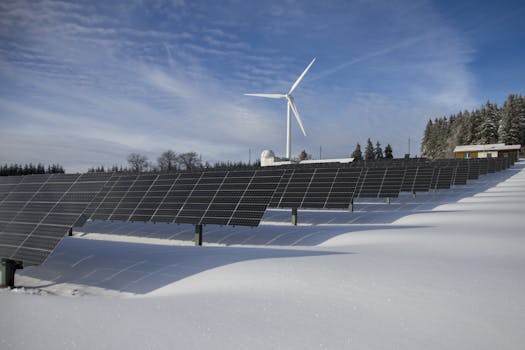
Takeaways
- Mechanics is essential for the design and optimization of renewable energy systems.
- Understanding mechanical principles can enhance energy efficiency and reduce costs.
- Innovations in mechanics lead to advancements in wind, solar, and hydro energy technologies.
Introduction
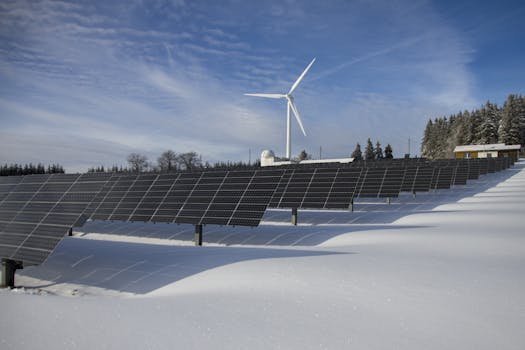
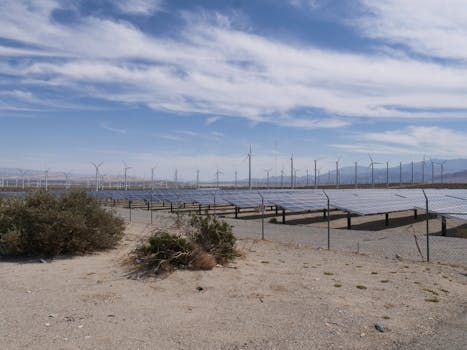
The Importance of Mechanics in Renewable Energy
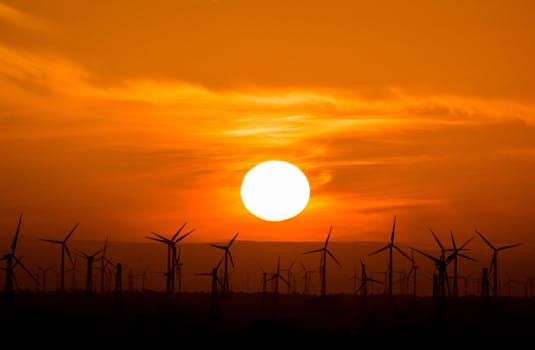
1. Wind Energy Technologies
Wind energy is one of the fastest-growing sectors of renewable energy. Mechanics plays a significant role in the design and optimization of wind turbines. The blades of a wind turbine are designed using principles of aerodynamics and mechanics to ensure they can capture wind efficiently. Key factors include:
- Blade Design: The shape and material of the blades affect their ability to harness wind energy. Mechanics helps in analyzing the stresses on the blades during operation to prevent structural failure.
- Gearbox and Generator Mechanics: The mechanical systems that convert rotational energy from the blades into electrical energy must be efficient and durable. Innovations in gearbox design can reduce mechanical losses and improve overall energy production.
- Structural Integrity: Mechanics ensures that the entire turbine structure can withstand high winds and other environmental conditions, preventing catastrophic failures.
2. Solar Energy Technologies
Solar energy technologies, such as photovoltaic cells and solar thermal systems, also rely heavily on mechanics. The mechanical aspects of solar technology include:
- Tracking Systems: Many solar installations use mechanical tracking systems that adjust the angle of solar panels throughout the day to maximize sunlight exposure. Mechanics is crucial in designing these systems to ensure they are both effective and reliable.
- Structural Support: Solar panels must be mounted on structures that can endure wind, snow, and other forces. Understanding mechanical loads helps in designing robust support systems that ensure the longevity and safety of solar installations.
- Heat Transfer Mechanics: In solar thermal systems, mechanics is involved in the design of heat exchangers and fluid circulation systems, ensuring efficient energy transfer from the sun to usable heat.
3. Hydro Energy Technologies
Hydropower is another significant source of renewable energy where mechanics is critical. The mechanics involved in hydro energy technologies include:
- Turbine Design: The design of turbines that convert flowing water into mechanical energy is a complex task that requires a deep understanding of fluid mechanics and material science.
- Hydraulic Systems: The mechanics of hydraulic systems that control water flow and turbine operation is essential for optimizing energy output and ensuring safety.
- Structural Engineering: Dams and other hydro structures must be designed to withstand immense pressure and dynamic forces, making mechanical engineering principles vital in their construction.
Conclusion
